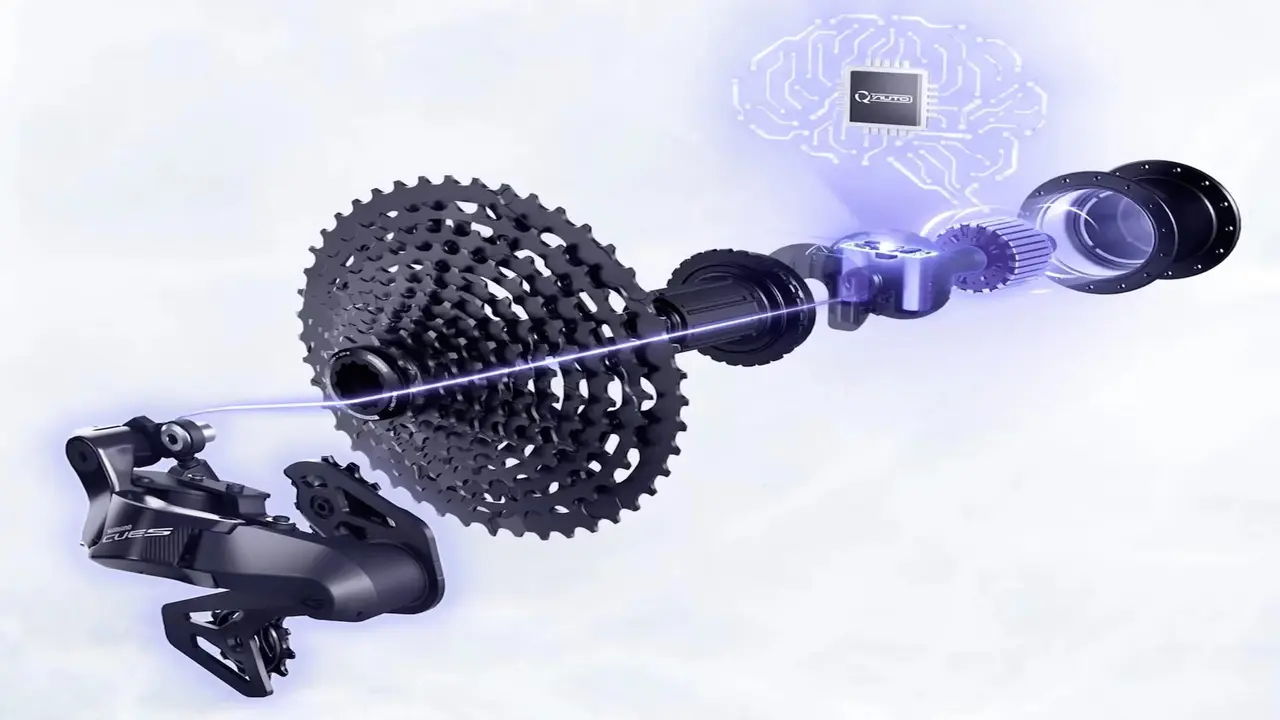Bicycle component manufacturer Shimano has developed a new automatic shifting system that does not require batteries or an external power source. The system, called Q’Auto, generates all the energy it needs to operate directly from the rider’s pedaling power.
Shimano has developed a new automatic shifting system
Designed specifically for city, trekking and gravel bikes, this technology consists of three main components. These components are a special Shimano Cues rear freehub, a wireless Cues rear derailleur connected to the hub and a Shimano Di2 wireless shift lever mounted on the handlebars.

When the rider pedals, the rotation of the rear wheel triggers a dynamo inside the hub. This dynamo charges a lithium-ion capacitor that drives the derailleur’s motor. This eliminates the need for external batteries that need to be charged.
The brain of the system is a microprocessor and a group of sensors located inside the hub. These sensors monitor data such as speed, cadence (pedaling speed) and inclination in real time during the ride. Based on the data collected, the system automatically shifts the gear up or down one step to keep the rider’s pedaling pace constant.
Users can choose between three different pedaling paces: “Slow,” “Medium,” and “Fast” via a mobile app or physical buttons. The Q’Auto system also features AI-powered learning. If a rider is not satisfied with the system’s automatic shifting, they can temporarily switch to manual mode using the Di2 shift lever.
During this time, the system’s AI learns the rider’s shifting habits and preferences. After a ride of approximately six kilometers, this learned information is incorporated into the automatic shifting algorithm to provide a personalized experience.
Shimano announced that the Q’Auto system will be both factory-installed on some new bike models and will be available as a retrofit kit for compatible existing bikes. No official information has been released yet on the system’s price or release date.













